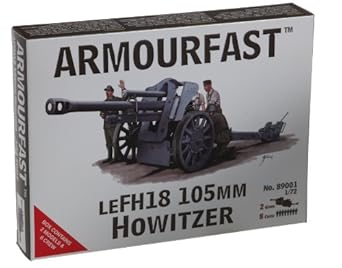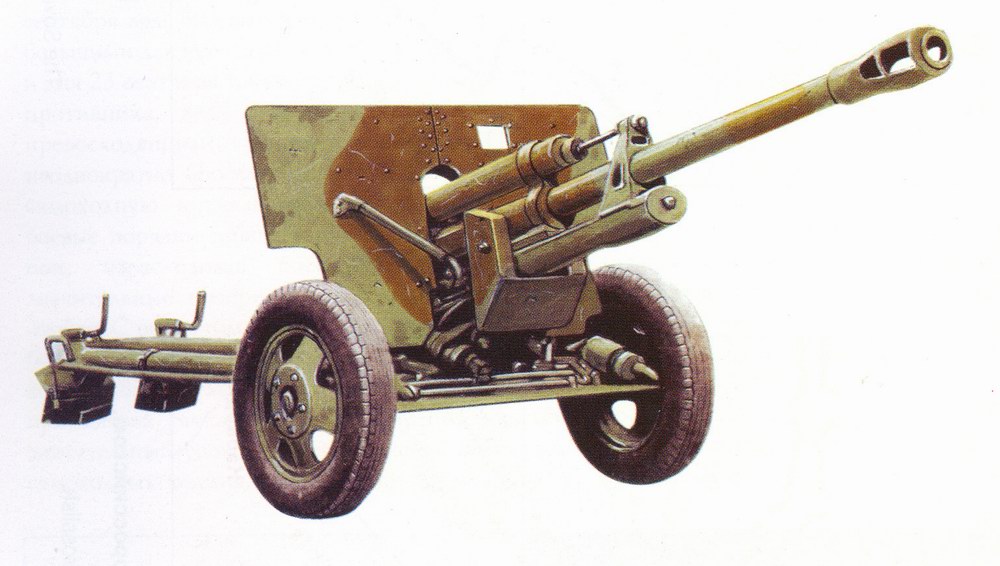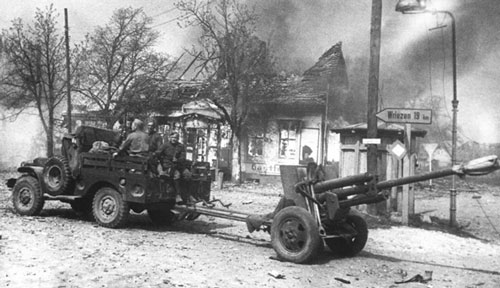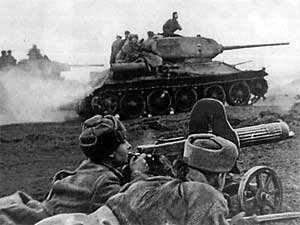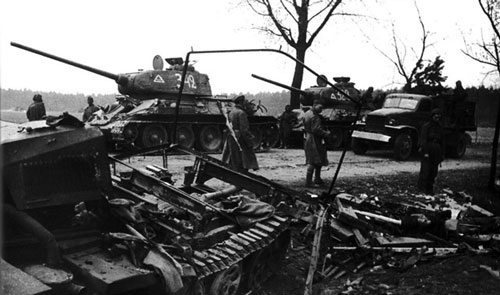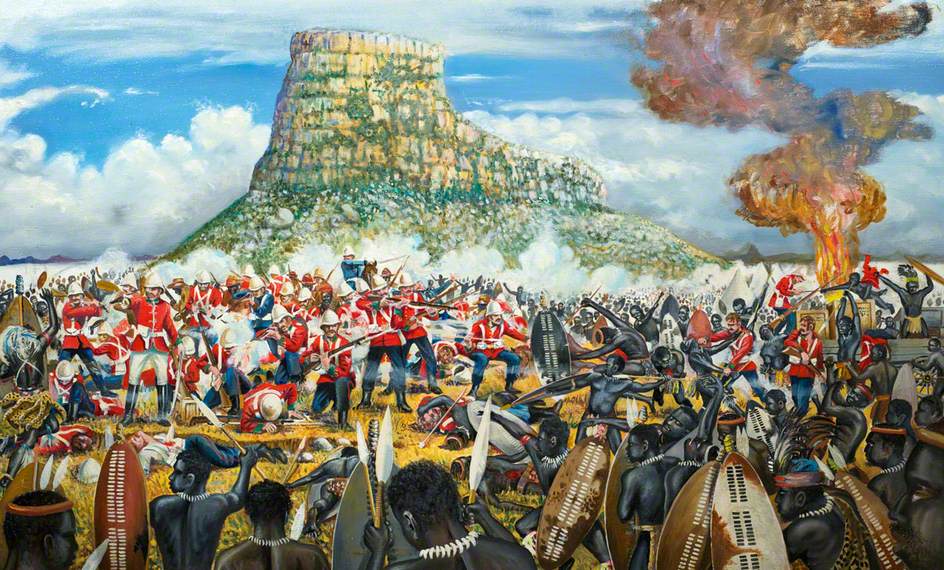A recent article posted the following as the top 5 Battlefield Sites to visit
(According to Virtual Tourist)
I beg to differ. What would you rate the top sites to be ?
Maybe wargamers and history buffs may have a different take. Maybe we should rather go by century?
I would not rate Hiroshima as a battle site though.
Historical yes, catastrophic yes, significant yes, but not a battle site in the true sense.
I am also just a little removed geographically from US history, having grown up just a tad euro-and afri-centric, being from the Colonies, what, old chap!
Battle sites I've been to:
1. Waterloo
2. Somme/Marne - WW 1 Western front
3. Bridges at Arnhem and other WW 2 sites throughout Western Europe
4. Gates of Vienna
5. KwaZulu Natal - Valley of a Thousand Hills (
Rorke's Drift,
Isandlwana and
Blood River)
6.
Tienanmen Square and Beijing (Notable, but maybe also not really a battle, as it was one-sided)
Ones I'd like to visit:
1. Beaches and Bocage of Normandy
2. Bannockburn
3. Gettysburg
4. Midway Island/Truk Lagoon - would love to dive here (one of my other passions)
5. Kursk and Prokhorovka
Philosopher George Santayana once said "Those who cannot remember the past are condemned to repeat it."
With this in mind, members of travel website VirtualTourist.com shared five locations of historical conflicts that they believe even the most modest history buff should visit if they want to learn from the past as well as be inspired to build a more peaceful future.
1. Battle of Bosworth (Wars of the Roses), Leicestershire, United Kingdom
On the afternoon of August, 22, 1485, the course of English history changed.
The Battle of Bosworth was the major turning point, for it was during this battle that King Richard III was killed and his place as monarch taken by a Welsh prince, Henry Tudor.
Richard's troops are said to have camped near the village of Sutton Cheney, and Richard himself prayed in the tiny church of St. James the night before the battle. You can visit this beautiful little church most days, and see for yourself where Richard spent his last few hours.
Each year, there is a re-enactment of the Battle of Bosworth with traditional jousting, soldiers in armour charging each other and of course the charge led by King Richard against Henry Tudor which ultimately led to his death.
2. Battle of Gettysburg (American Civil War), in and around the town of Gettysburg, Pennsylvania, United States
The Battle of Gettysburg, fought between Union and Confederate forces July 1 -3, 1863, turned the tide of the American Civil War against the Confederacy.
The "battlefield" is actually a series of locations now part of the US National Park Service, with the town and houses intermixed with the fields, over which tens of thousands of men fought.
On the tour provided by the National Park Service, visitors learn that decades after the war, there were reunions of Union and later Confederate troops at the battle.
Because of this, they know where each unit was during the three days, and as a result, monuments have been erected for individual Union and Confederate units on the site where the unit fought.
As one VitualTourist member puts it, it's sobering to drive and walk through the area and see what a vast space it was. This battle is also what led to President Abraham Lincoln's Gettysburg Address, one of the most powerful speeches in the history of the United States.
3. Bombing of Hiroshima (World War II), Hiroshima, Japan
During World War II, on August 6, 1945, the world's first deployed atomic bomb was dropped on Hiroshima by an American B-29 bomber, killing approximately 80,000 people.
Its target was the Aioi Bridge but it missed and exploded almost directly above a building, which was at the time an exhibition hall known as the Hiroshima Prefectural Industrial Promotion Hall.
Because the blast was felt from immediately above, hitting the structure vertically, a surprising amount remained intact, even though everyone inside was killed instantly.
For some years after the war, the skeleton of the building remained as it was. There were some who felt it should be pulled down and the site redeveloped, while others argued for its restoration and yet others for its preservation as a ruin, to stand as a memorial to what had happened and to those who had lost their lives.
The latter group won the day, and in 1966 the city council declared that it intended to preserve the building, undertaking only the minimal work necessary to ensuring its stability.
In December 1996 the Atomic Bomb Dome was registered on the UNESCO World Heritage List. Its listing was based on its survival from a destructive force, the first use of nuclear weapons on human population, and most importantly its representation as a symbol of peace.
The Atomic Bomb Dome is now a UNESCO World Heritage site.
4. The Battlefields of the Western Front (World War I), in the province of Flanders, Belgium and Northern France
Stretching through 724 kilometres of the Belgian province of Flanders and regions of northern and eastern France, the fighting on the Western Front started in 1914 when Germany invaded Luxembourg and Belgium on its way to France.
It ended in 1918 with the collapse of the German Empire and the Treaty of Versailles. It is estimated that more than 13 million soldiers were killed, wounded, captured or missing during this time.
While there are numerous preserved sites and monuments to visit along the coastal stretch, one of the most moving sites is the Notre Dame de Lorette Cemetery in Ablain, France.
Also known as Ablain St.-Nazaire French Military Cemetery, it was the site of three battles and is now the location of the world's largest French military cemetery, holding the remains of 40,000 casualties, most from the First World War.
5. Battle of San Jacinto (Texas Revolution), La Porte, Texas, United States
On April 21, 1836, General Sam Houston led his troops to battle against superior forces led by Mexican General Antonio Lopez de Santa Anna.
Houston's troops were eager for revenge over the devastation and fall of the Alamo. In a surprise attack, the Texans were able to overtake the Mexican camp in a battle that lasted only 18 minutes. Although only nine Texans died during the battle, a monument was erected dedicated to all the heroes of the Battle of San Jacinto and to honour all others who contributed to the creation of the independent Republic of Texas.
The 570-foot-tall monument is the world's tallest memorial column and is topped with a 34-foot star symbolizing the Lone Star Republic. The Battleship Texas (BB-35) is moored in the Houston Ship Channel less than a mile away, the first battleship memorial museum in the US.
What do you thing should be on this list?














